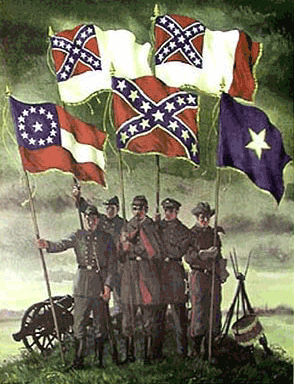Dearest Fred,
The 15th saw the forces under Pillow assaulting McClernand's line. When it was pushed back onto Bucker's line, they succeeded in forcing a gap into the Yankee lines, leaving a wide open road for them to march out and on to Nashville--which was the original plan. General Floyd, partly due, I suppose to a lack of knowledge and partly due to the petty wranglings of his subordinates, ordered us back into our previous positions; essentially, the day's fighting was a waste of effort.
That night, it was determined that Fort Donelson, along with the army, those brave lads in gray! should be surrendered to Grant. General's Floyd and Pillow took there own selves off, as neither would surrender themselves, and left General Buckner, who had been friends with Grant prior to the war, to the distasteful duty of surrendering. I am sure it was distasteful, despite the fact that he felt it necessary--as you may see by reading the enclosed reports.
Colonel N.B. Forrest was allowed during the night to make off with his cavalry intact via a backwater. Forrest and his men kindly helped out a number of infantry men who decided to throw their lot in with him, rather than sit and swallow the bitter pill of surrender. Others would simply walk through the Yankee lines the next day in a rather nonchalant fashion. (You may inform Charles that I was among the latter.)
That is a brief outline of the events. It was a disastrous, not to mention rather ignominious, situation. The surrender of Fort Donelson left Tennessee wide open to the Yankee invaders.
You will find included parts of General Gideon Pillow's report.
Here is another "inside view" of the Confederate council:
There are, you may be assured more (and Federal) reports, but it would take more time than I have (or you probably have at the current time) to copy them over for you.
The fall of Fort Donelson was a somber time for the Confederacy...
Grandfather
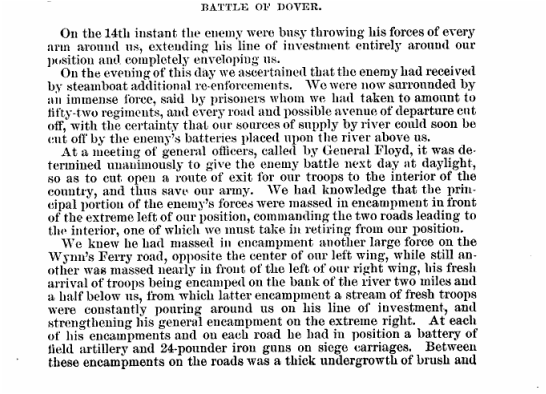
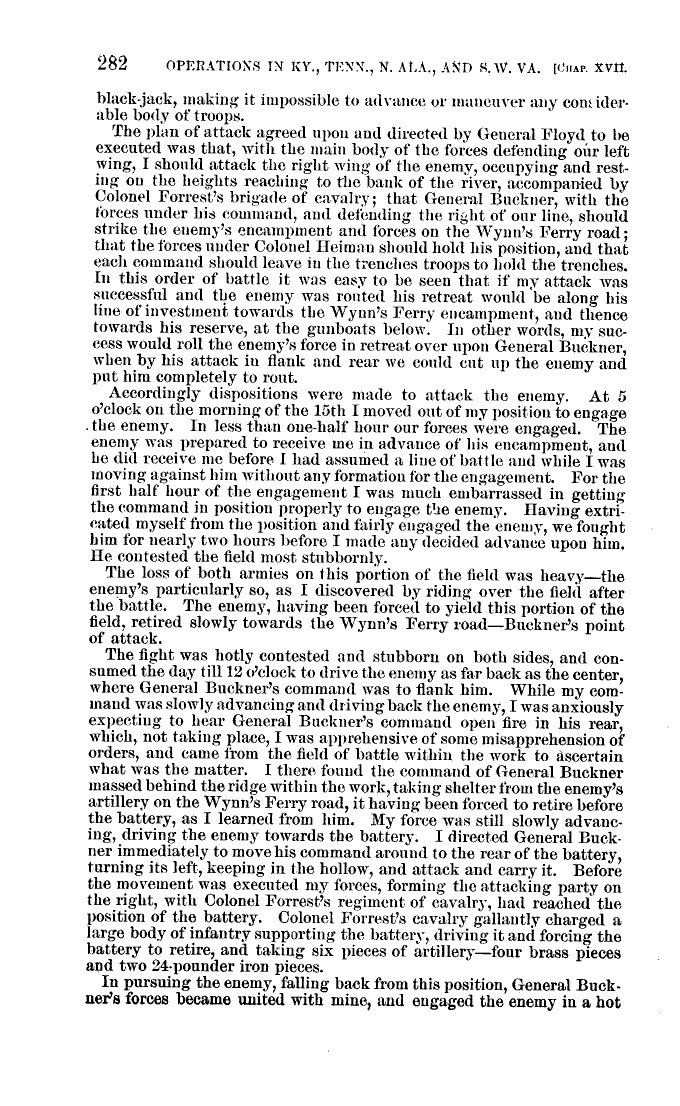
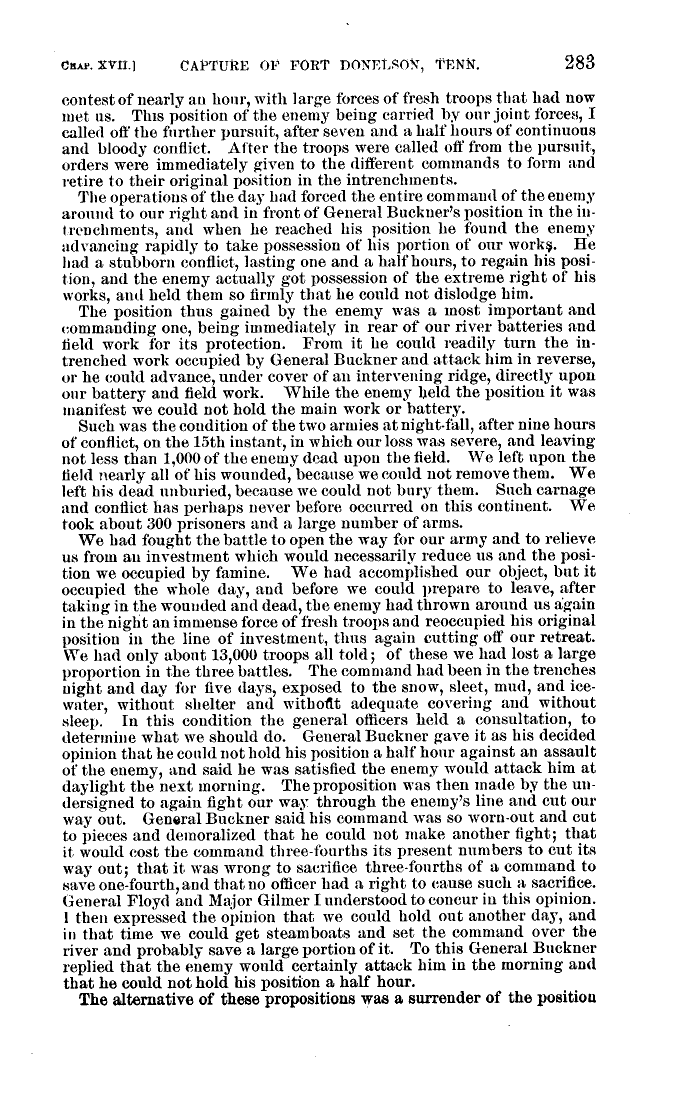
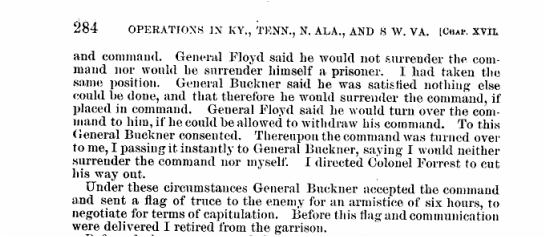
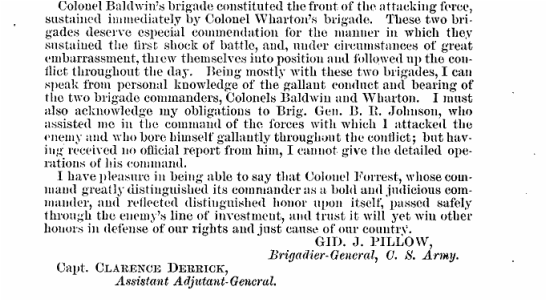
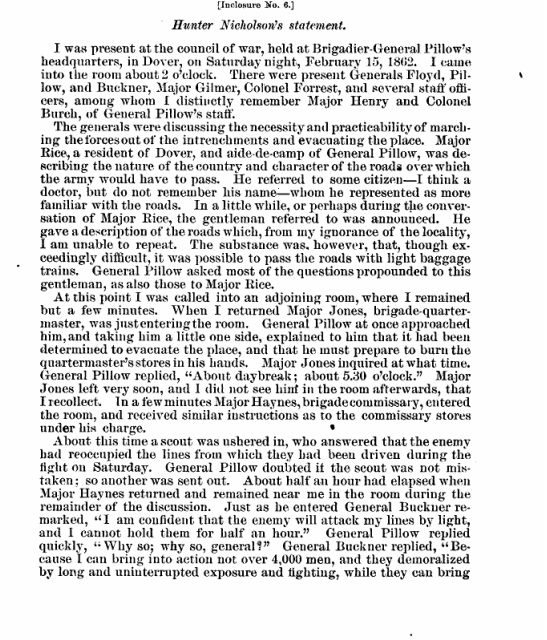
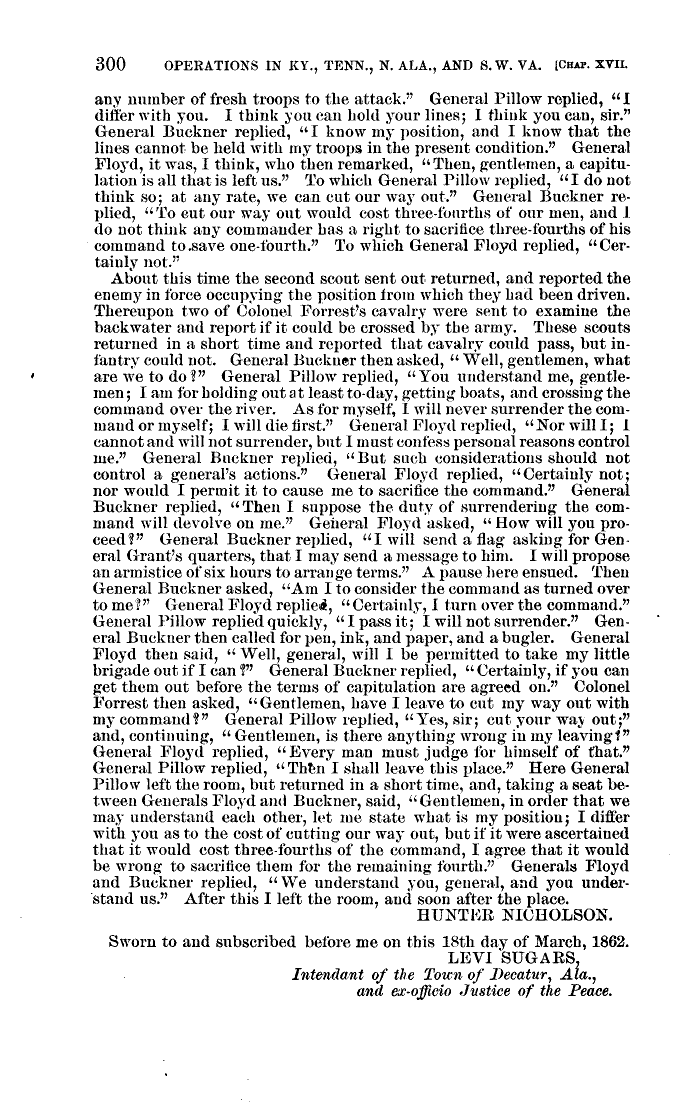

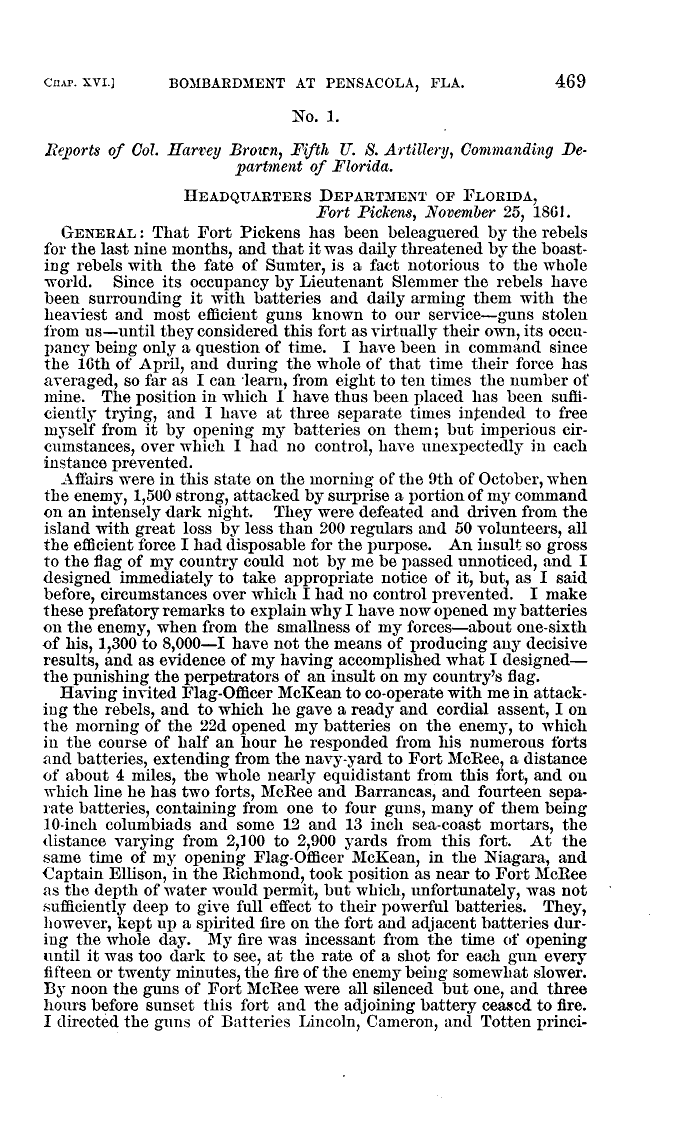
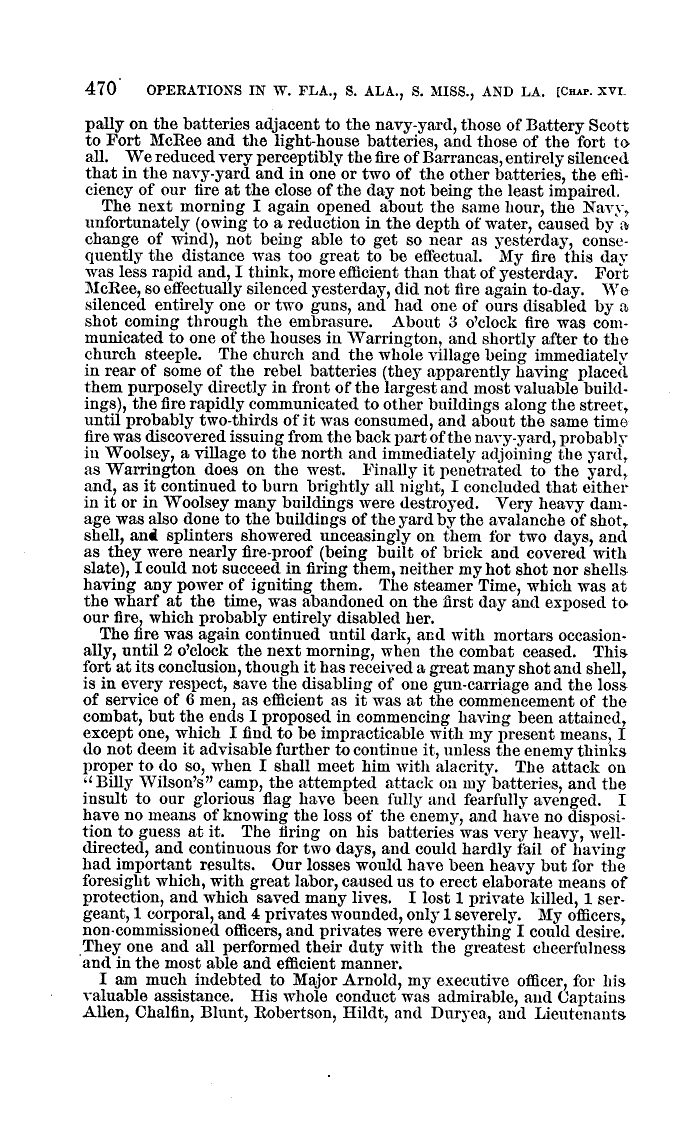
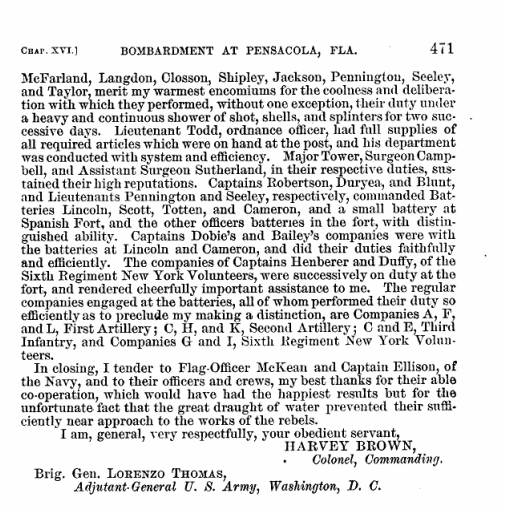


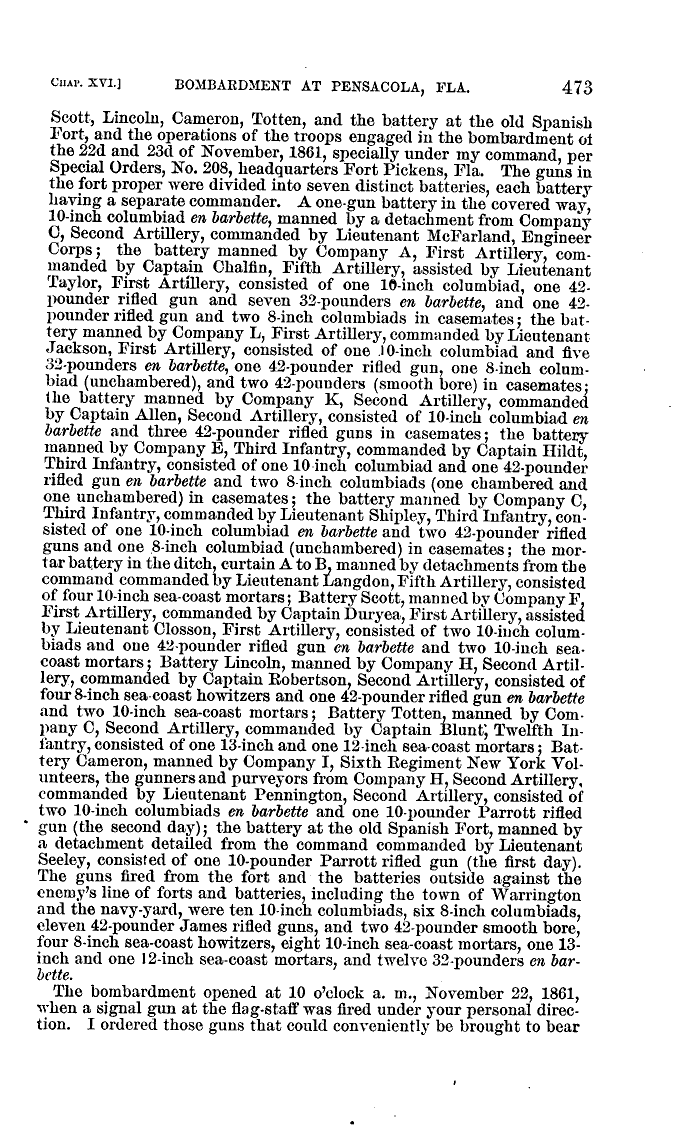
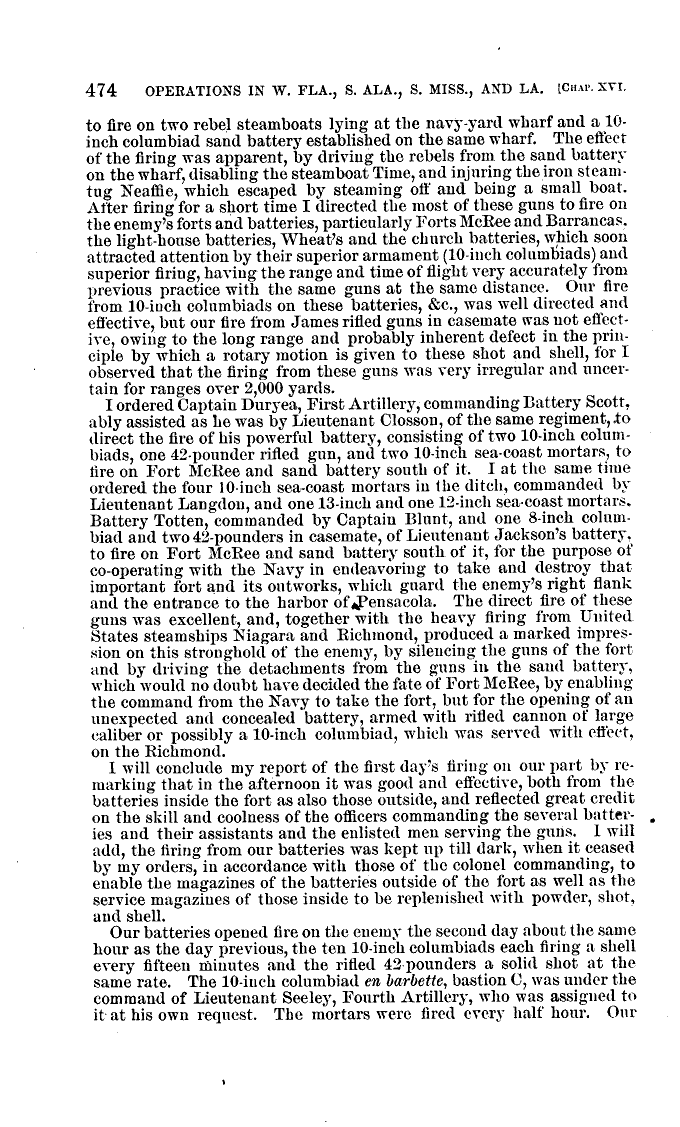
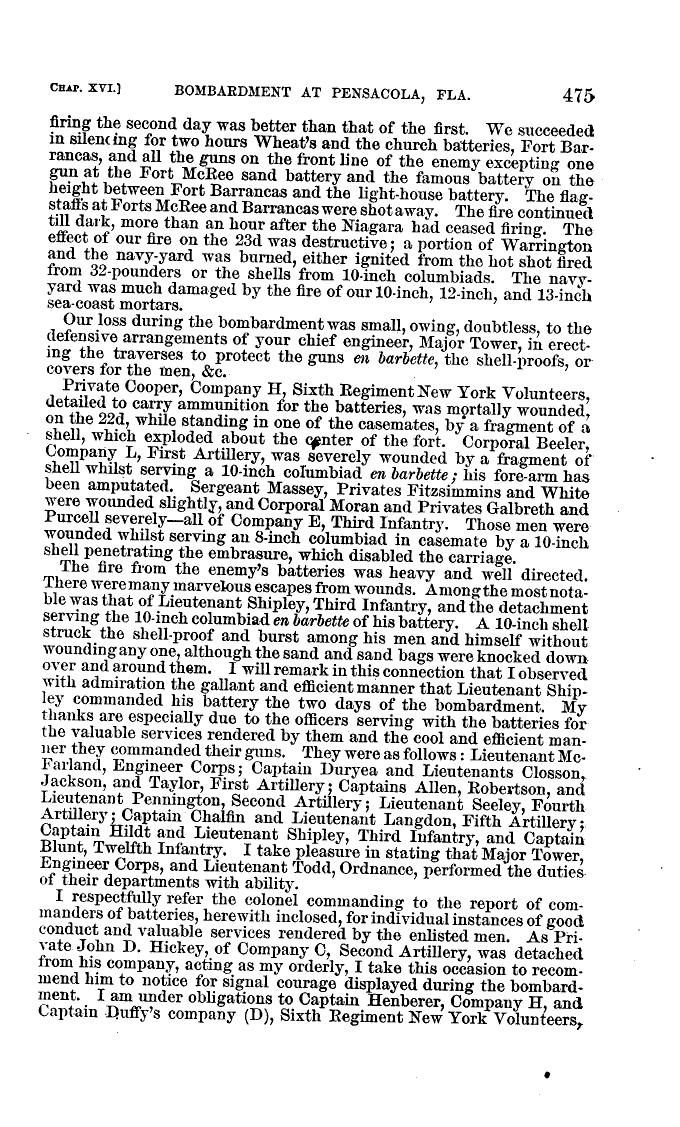
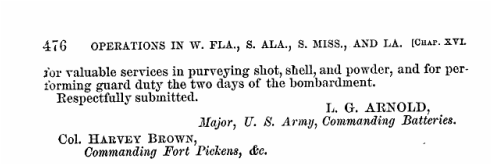

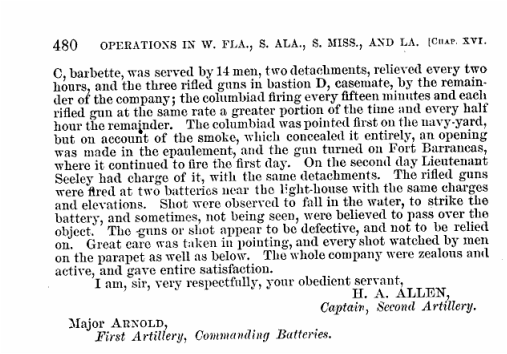
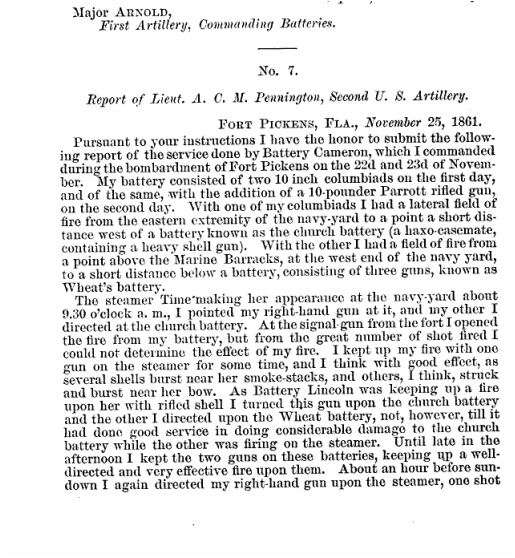
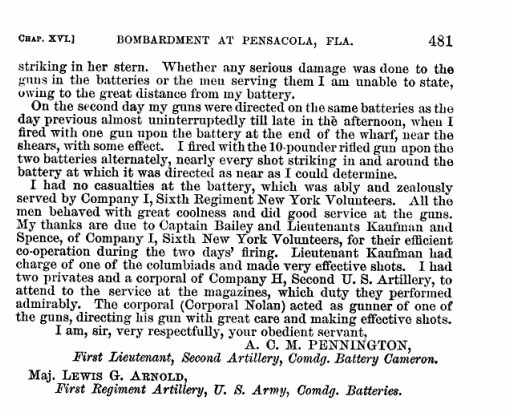

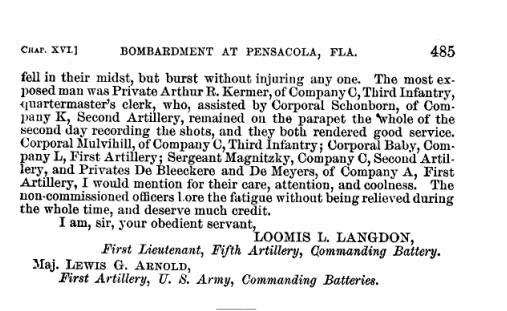
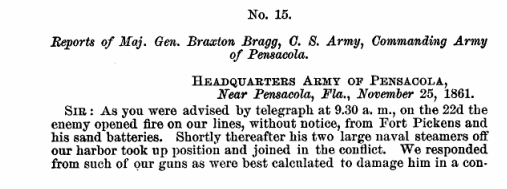
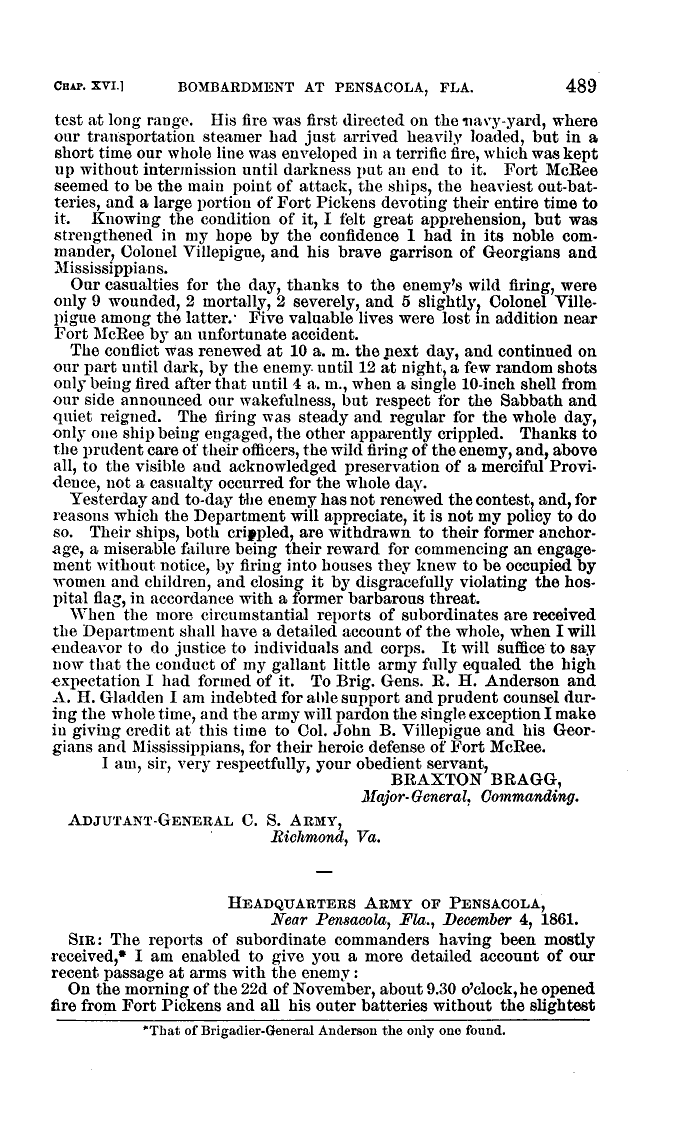
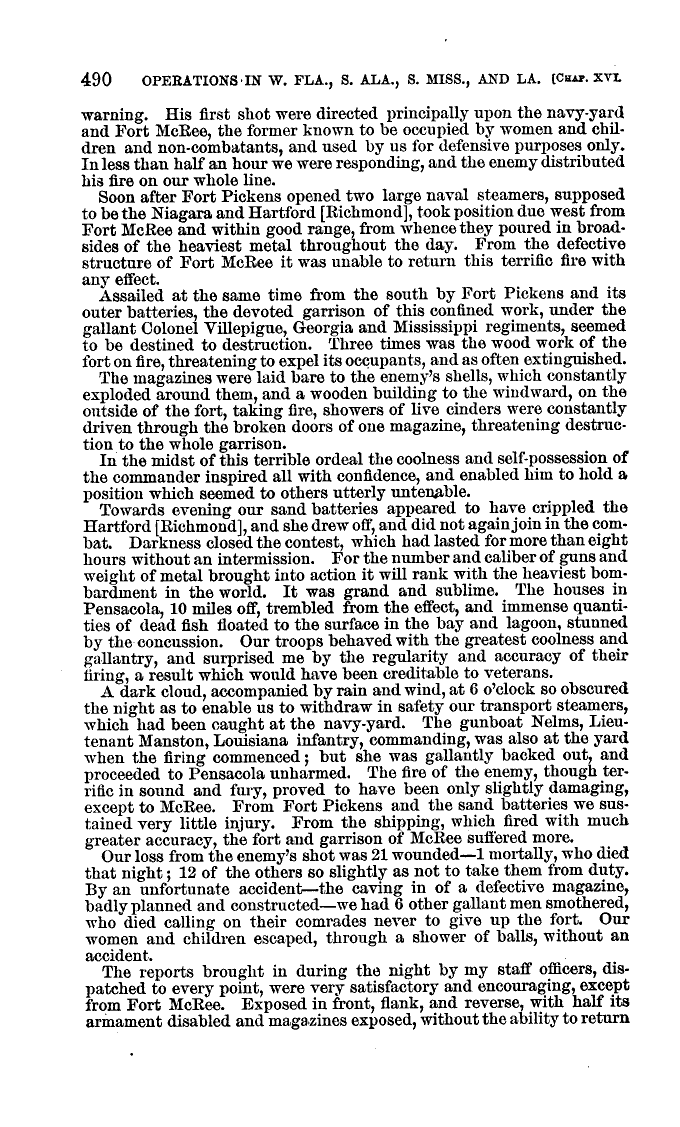
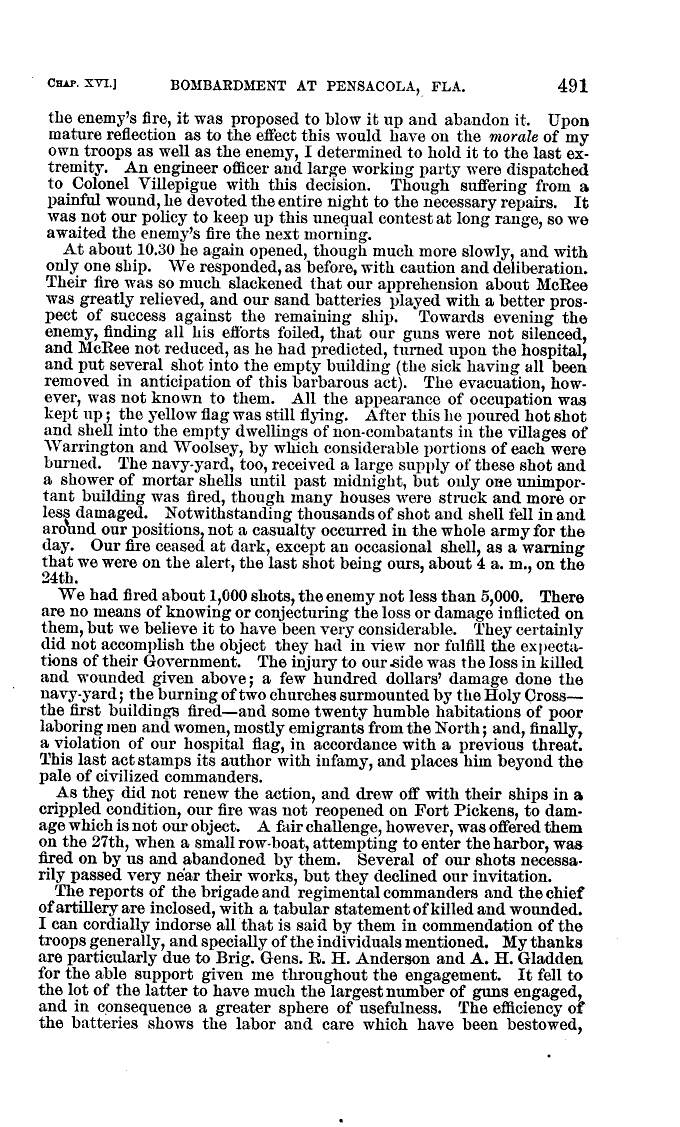
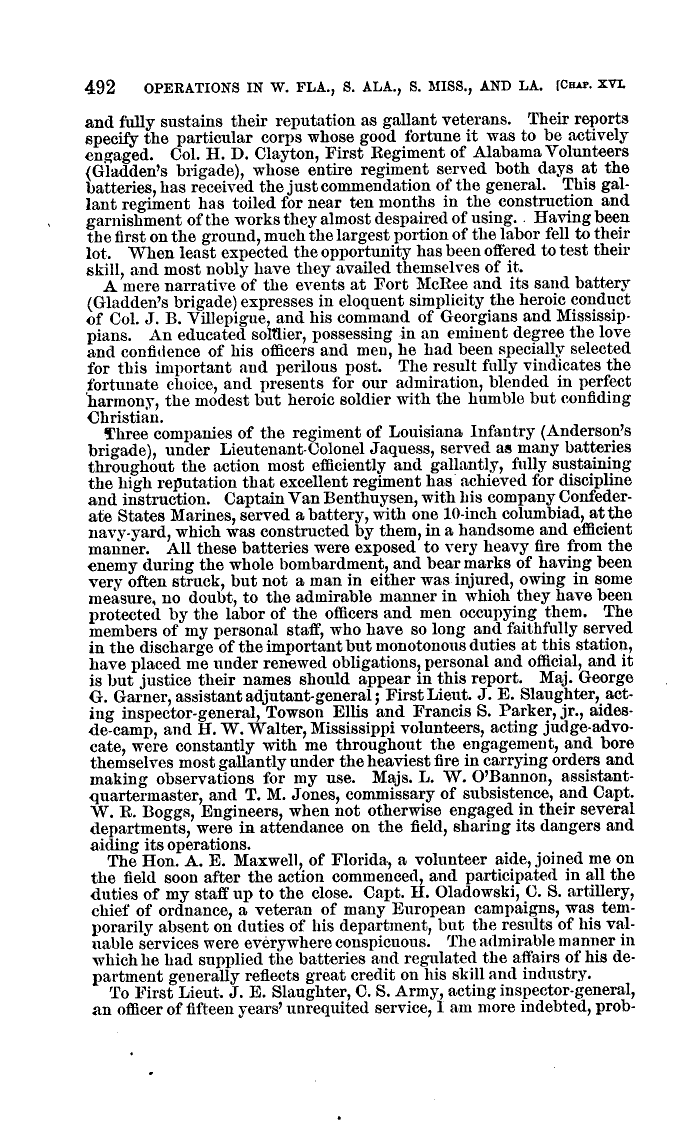
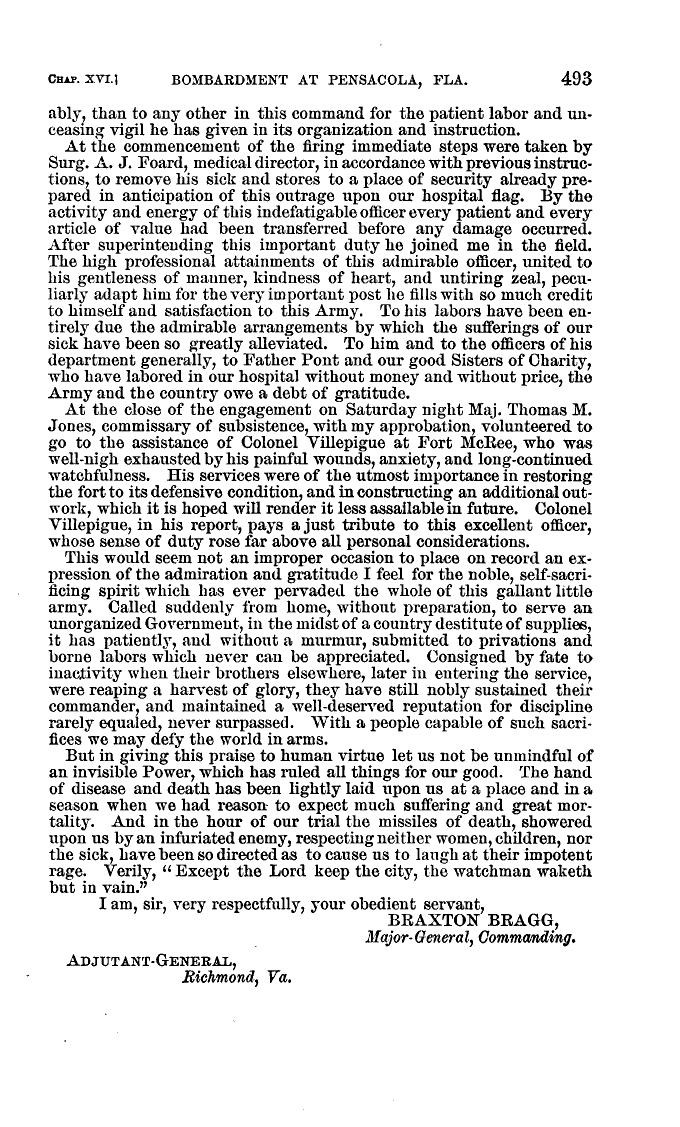

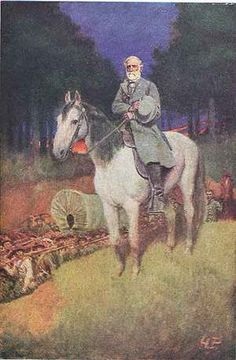
 RSS Feed
RSS Feed
